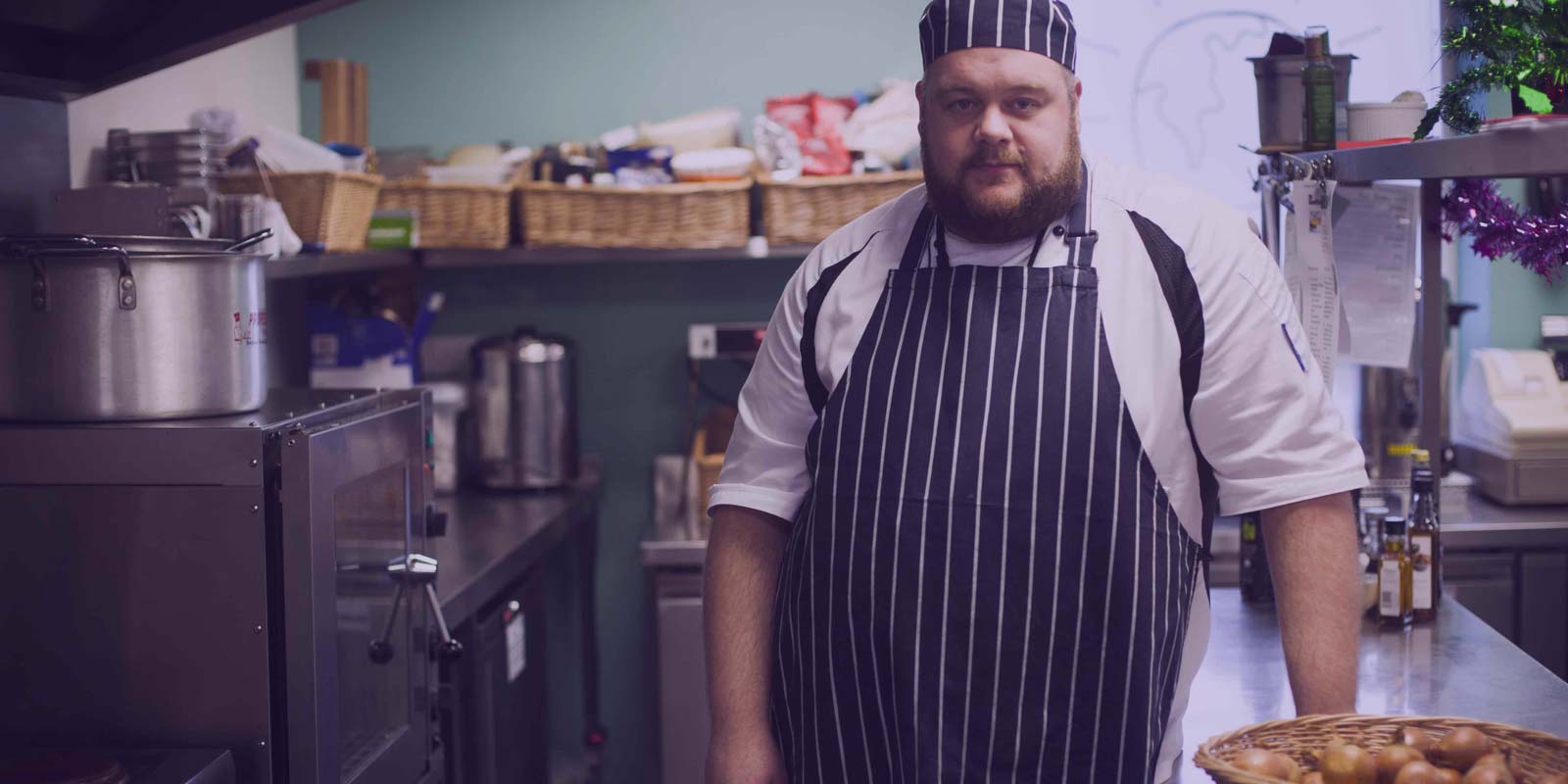The Reach Fund is designed to test a model for investment readiness support which is centred on social investors, who refer potential borrowers to the scheme and specify what they require for these organisations to become ready for a specific investment they can offer. As we expand upon below, this differs from the model used by Big Potential. With Big Potential finishing at the end of 2017, our intention was that evidence coming out from the first phases of the Reach Fund should inform the discussion about how any successor programme should be designed.
Charities and social enterprises told us:
- Charities and social enterprises often don’t know where to turn when they want to find out about social investment, and want the process of finding out to be straightforward. We believe that by enabling social lenders to offer a focused range of support options, we are helping to create many more relevant places where charities and social enterprises can go and get the support they need in one place, rather than being passed on to another programme or organisation.
“Exactly what each [provider of support] does, how they relate to each other, which ones to attempt to approach, and which would be a diversion of resources is very far from clear.”
Donald Simpson, Emmaus Salford
- Charities and social enterprises want support delivered in a local context. Many of our Access Points are social investors who are focused on a particular place and are therefore building the range of investment readiness support provided in their local areas.
“Capacity Building needs to be available locally, and tailored to the scale of the organisations.”
Jane Hartley, Vonne
“[We need] local or regional people on the ground who can offer impartial advice and support through the process of taking on Social Investment.”
John Probert, CapitaliSE CIC
Drawing lessons from recent capacity building work
Recent investment readiness programmes such as the Investment and Contract Readiness Fund (ICRF) and Big Potential used a model where a charity or social enterprise partners with a support provider to identity their needs and then together submit a grant application which is approved by a panel of investors. These programmes were extensively evaluated and the model was found to bring certain advantages and disadvantages.
Key to our thinking was the evidence that the involvement of investors in such work focuses the process on successfully securing investment, the need for the application process to accommodate the timescales set by those seeking support and the need to develop services at a cost which is proportionate to the size of investment being sought.
“The fact that the [ICRF] panel initially sat every 2 weeks was a big positive, as it avoided rushing proposals through: similarly, the generic programme was greatly preferred to the thematic calls, as it allowed organisations and providers to work together as and when it made most sense to them, rather than in response to a time-bound opportunity.”
A summary of roundtable discussion with providers on the ICRF:
“[The need is for] small amounts (£5-£10k) of development finance accessible through a proportionate process in ‘real time.’”
Hugh Rolo, Locality
We wanted to test a different approach. We believe that placing the social investor at the heart of the process, and enabling them to help design the investment readiness plan, will increase the chance of an investment being secured and may result in better value for money. This really matters when the loans which the charity or social enterprise are seeking are already quite small.
We learned from consulting with the sector that:
- Social investors who already worked with our target population told us how important it is to be able to provide this sort of support, but very few of them were able to afford to do it.
- Many of the applications to the Growth Fund had demonstrated to us the need for investment readiness support of this kind in order for social investors to be able to expand the reach of the loans they wish to make.
“[The lending should be offered] as part of a holistic approach to social investment locally which will drive demand for social investment but this will need to be supported by your capacity building fund. This is a proposal in the round and the [loan fund] will not stack up without the support offered alongside.”
Growth Fund Applicant
We also believe:
- Charities and social enterprises should be able to choose who can best provide them with the support they need
- Directing support through social investors, identifying charities or social enterprises which they are not able to lend to a straight away, focuses our resources on those organisations which have the potential to access social investment, but haven’t yet done so
- The size of grants should be proportionate to the size of loans which charities or social enterprises seek to raise.
What we hope to learn
This programme will be subject to a full review at the end of the first 12 months of operation. We are working with SIB, who are running the programme, to gather, analyse and share evidence about the programme’s effectiveness. By focusing on a set of key questions, we aim to both support our intermediaries to increase the effectiveness of their work, and influence practice across the wider social investment market.
- Is an ‘investor centered’ model like this more or less effective in securing more social investment than the ‘provider centered’ model used on programmes like the ICRF or Big Potential?
- How much grant is needed to facilitate this sort of investment?
- Are there variations in the level of grant required across different regions and practice areas, or for organisations at different stages of development?
- What is the right balance of provider based support and spending within the charity or social enterprise?
- Is the support provided having an impact on the areas highlighted in our consultation – Leadership, Governance, Impact management, Finance and business modelling, Marketing, Systems and use of data – and if so, does this increase the organisation’s ability to take on social investment?
- Are the use of additional peer support and one-to-many provision cost-effective approaches to investment-readiness support?
- How does an online diagnostic process inform the development of an investment-readiness plan, and provide a useful measure of progress?
For more information about the Reach Fund and to find our how to apply visit http://www.reachfund.org.uk/
You can view the latest Reach Fund data in our Quarterly Dashboards.










